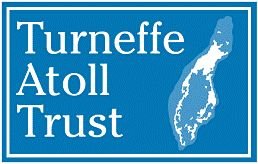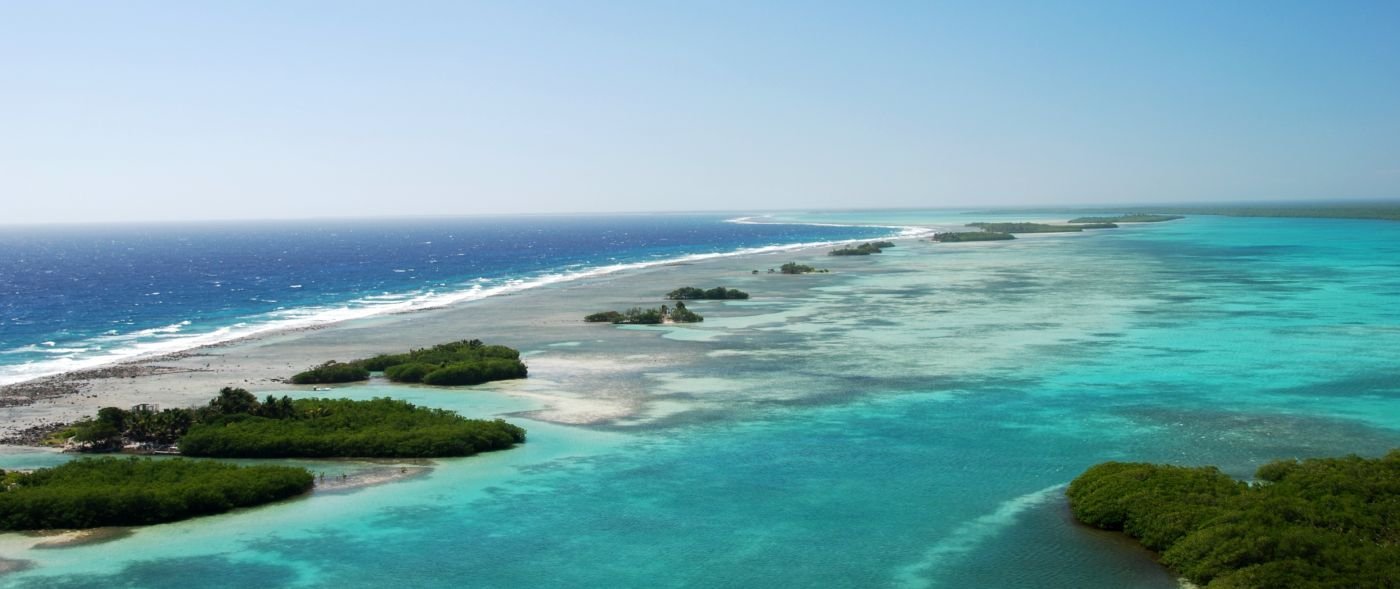Flats Fishing
A Belizean SOCIAL, ECOMOMIC & Conservation Powerhouse
Flats fishing is one of Belize’s most powerful examples of how conservation, economic development and community livelihoods can go hand in hand. It takes place mainly in the shallow, crystal-clear waters along Belize’s coast, known as “flats,” where anglers from around the world come to catch bonefish, permit, and tarpon—the “grand slam” of saltwater fly fishing, among others. But what makes flats fishing in Belize truly exceptional isn’t just the quality of the experience. It’s the fact that catch and release is legally required for these species.
Since 2009, Belize has been a global leader in mandating catch and release for the three main flats species, making this form of fishing one of the most sustainable in the world. Unlike reef or deep-sea fishing, flats fishing has minimal impact on fish populations. It allows anglers to enjoy the thrill of the chase while helping to protect fish populations for future generations.
And the impact goes far beyond the water. In 2022 alone, flats fishing generated over $241 million BZD in total economic impact, making it one of the country’s most important tourism sectors. That figure includes direct expenditures on guides, lodging, meals, transportation, and tours as well as indirect spending that supports fuel stations, grocery stores, mechanics, and more. Flats fishing supports more than 6,000 jobs throughout Belize, including over 4,500 full-time equivalents.
2022 Belize Flats Fishing Economic Report
Recent TAT Article by Andre Habet: Protecting Belize’s Flats Fishing is Protecting Our Future
Turneffe Atoll Backreef Flat
For many former commercial fishers, flats fishing has provided a meaningful transition to a more lucrative and sustainable livelihood. Many of today’s independent guides began as commercial fishers. Now, they earn more by protecting the very species they once targeted, contributing to a thriving eco-tourism economy.
But Belize’s coasts are under increasing pressure from dredging, over-the-water construction, and mangrove deforestation. These destructive activities occur even within marine protected areas, where “protection” applies only to commercial fishing, not habitat. Without stronger legal safeguards, the very ecosystems that support flats fishing and the jobs produced, could be lost.
The success of Belize’s flats fishing shows what’s possible when sustainability is a priority. But this success is not guaranteed, it requires urgent action to without urgent action to protect critical marine habitats, including legislation to stop destructive development practices in Belize’s most sensitive, vulnerable and ecologically important habitats.
The Plan for Protecting Belize’s Flats Fisheries
The entire flats fishing industry in Belize rests on a fragile foundation: the country’s unique and irreplaceable coastal ecosystems. It is imperative that these unique and special habitats are protected from unsustainable and destructive development - particularly seabed dredging, overwater development and mangrove deforestation.
Entire backreef flats have already been destroyed, as shown below. In 2024 and 2025, key flats fishing areas have come under serious threat in several areas throughout Belize. Wil Bauer Flat, in Southern Belize was spared from destruction by dredging when Government purchased the adjacent property. Similarly, Big Flat on Turneffe Atoll was saved through Belize’s Environmental Impact Assessment (EIA) process, which blocked at over-water development that would have destroyed this area for flats fishing. Today, Cayo Rosario, one of Northern Belize’s essential flats fishing areas, is threatened by a large overwater development.
Northern Big Flat at Turneffe Atoll - destroyed by dredging
In conjunction with others, Turneffe Atoll Trust (TAT) has mapped the essential flats fishing areas at Turneffe and throughout Belize. To protect Belizean jobs and the country’s economic future, TAT is advocating for definitive protection for these essential flats fishing areas.
Recently, Turneffe Atoll Sustainability Association’s (TASA’s), Flats Fishing Committee, comprised of Turneffe’s flats fishing operators, pertinent government agencies, TAT, TASA, EDF, a long-term Turneffe guide and international flats fishing experts, mapped Turneffe’s essential flats fishing areas and TASA has endorsed the pursuit of legislation to protect Turneffe’s essential flats fishing areas from dredging, overwater development and mangrove deforestation. This proposed legislation would not prohibit development; but would instead ban destructive and unsustainable practices that threaten flats fishing and the livelihoods it supports.
Similarly, Turneffe Atoll Trust has mapped Belize’s flats fisheries areas throughout Belize with an intent to pursue broader protection. This effort is expected to move forward in collaboration with other stakeholders including resort operators, flats fishing guides, the Belize Flats Fishing Guide Association and other Marine Protected Areas.
This is a win-win initiative protecting Belize’s environmental assets while supporting sustainable tourism, Belizean jobs and economic growth. As such, TAT is optimistic that this effort will receive strong government support for the benefit of Belize.
Flats fishing is more than a sport—it’s a reflection of Belize’s identity, its commitment to sustainability and its leadership in eco-tourism tourism. Protecting it means protecting our future.


